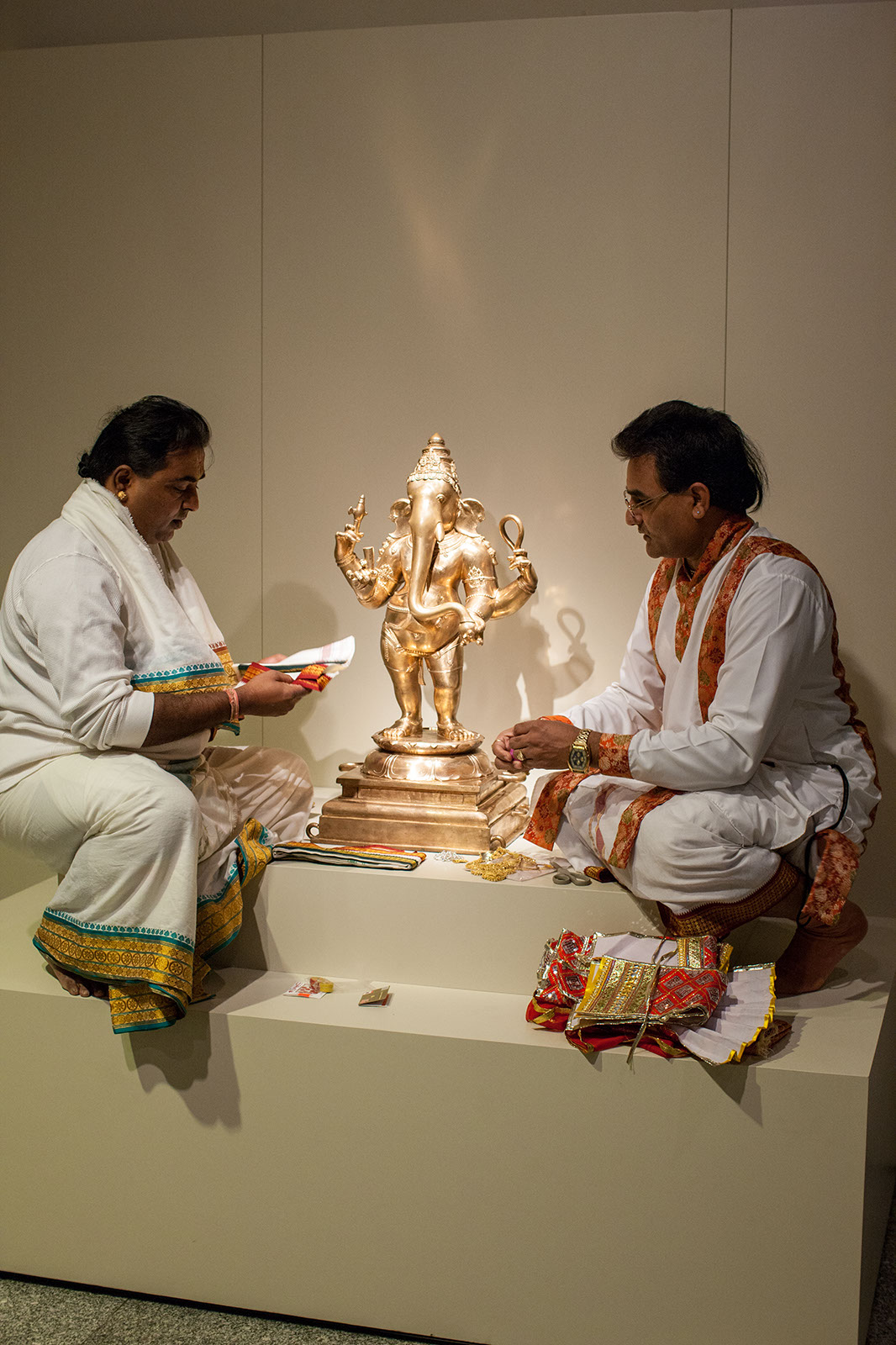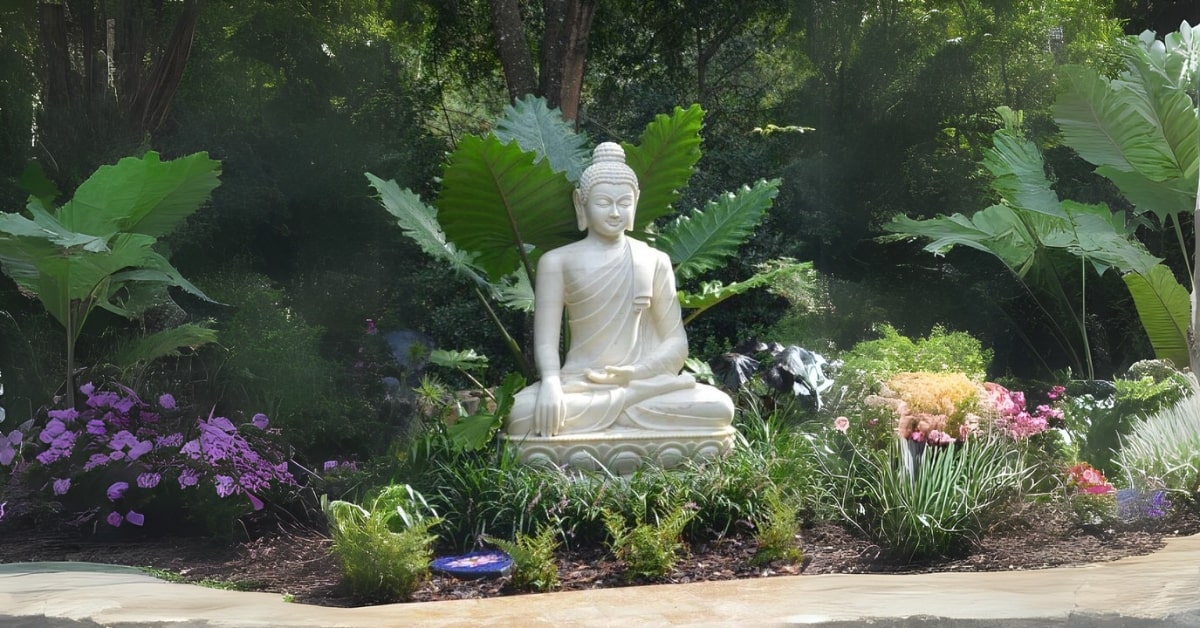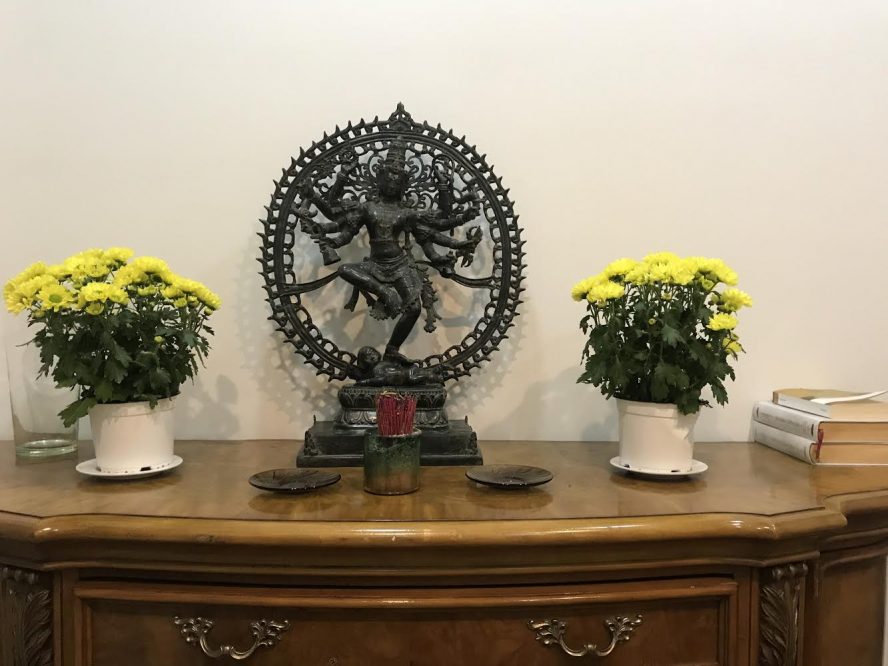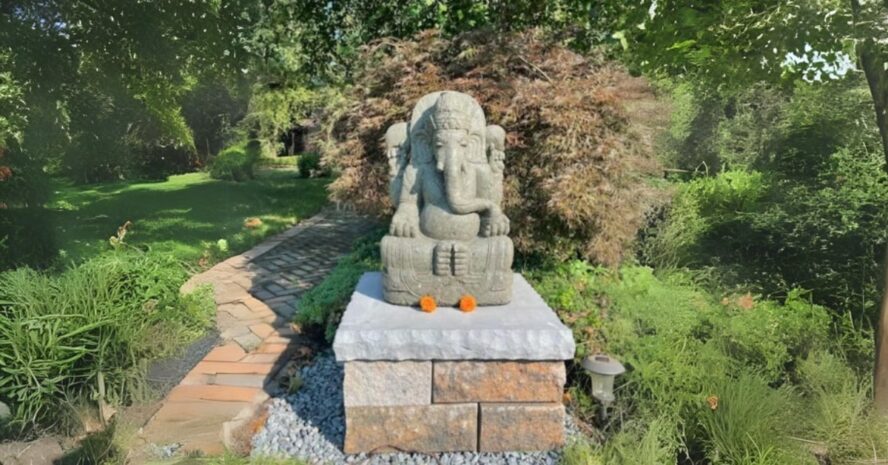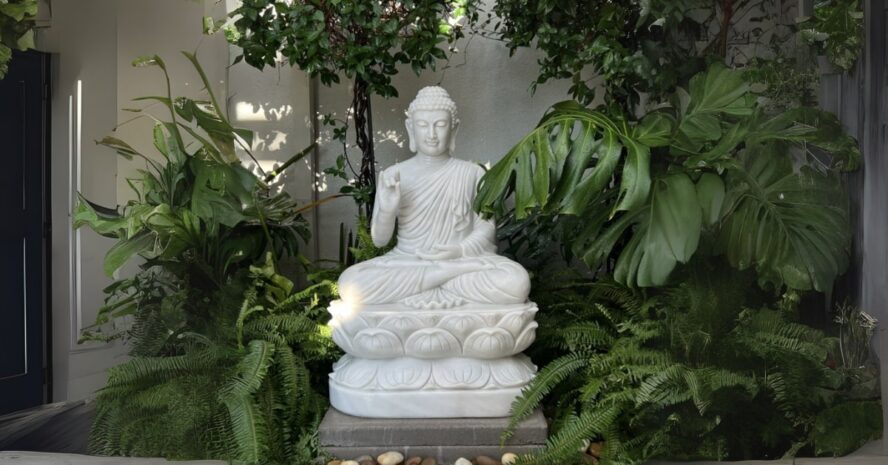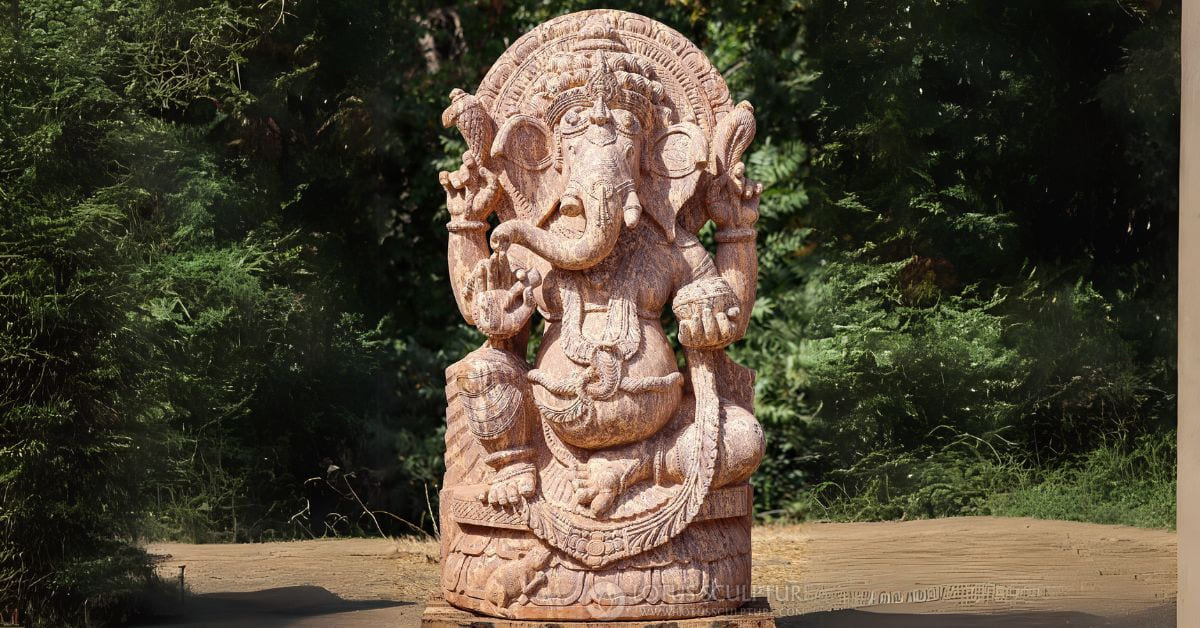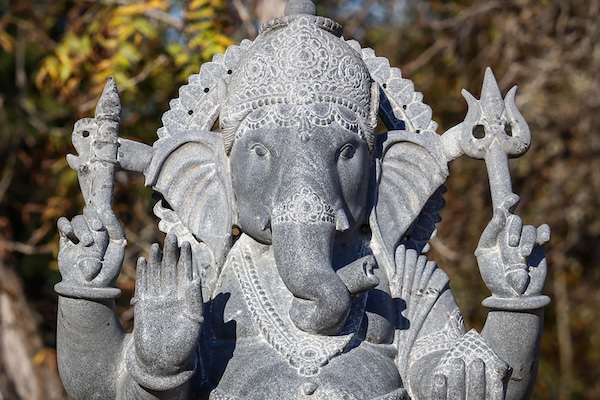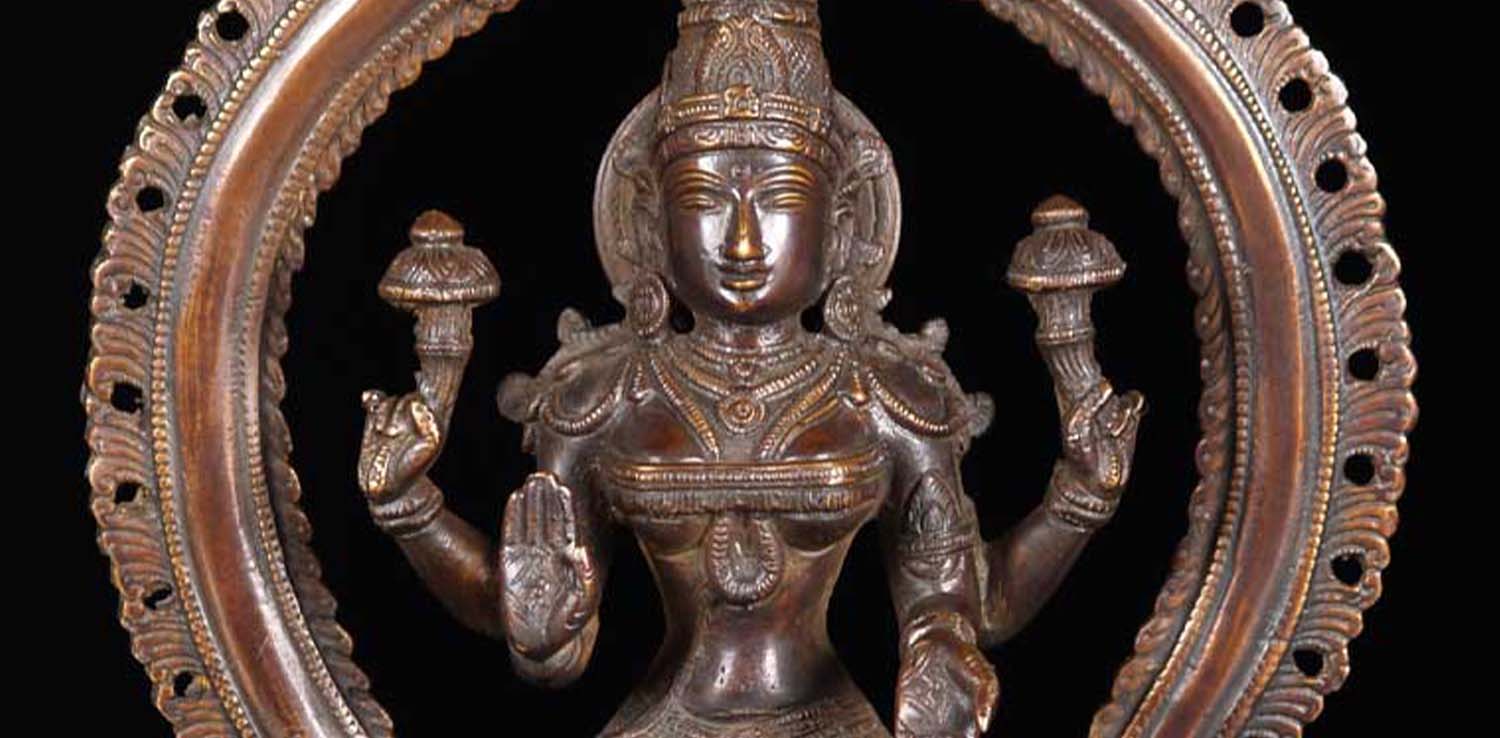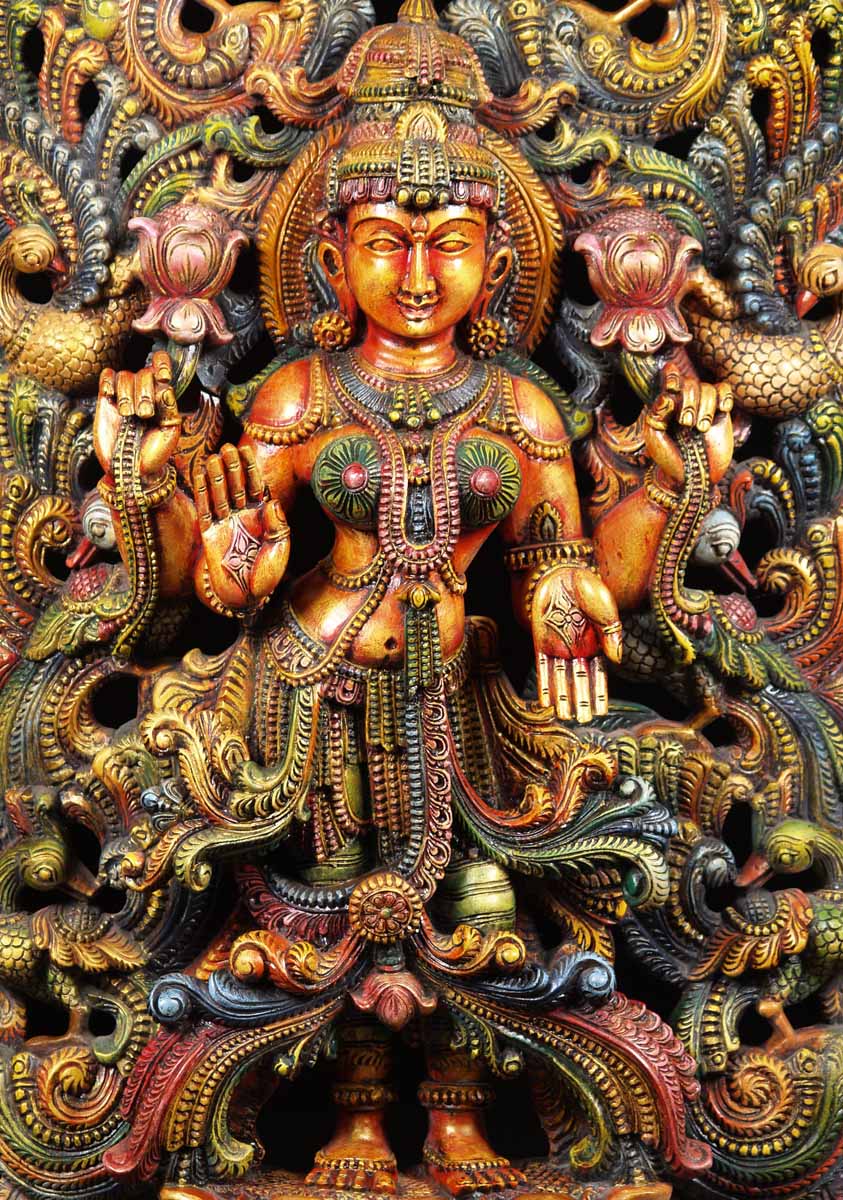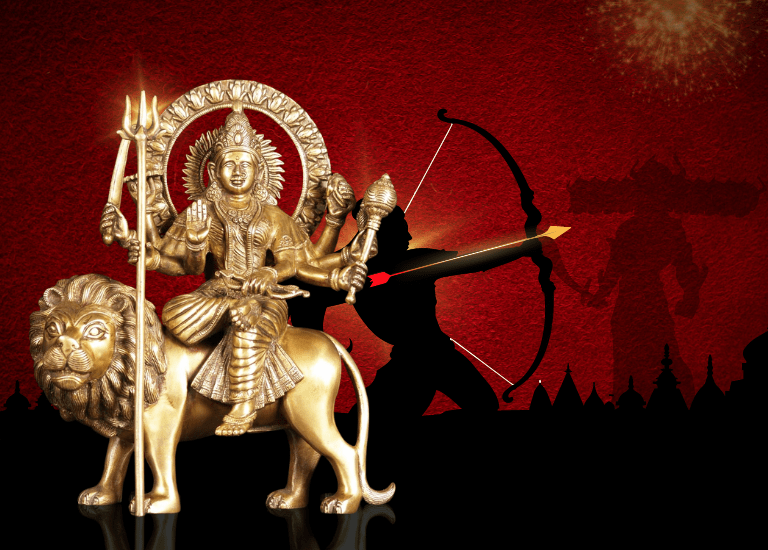When you’re inviting harmony and good fortune into your home, few symbols are as powerful or as beloved as Lord Ganesha. With his position as remover of obstacles and god of new beginnings, having a Ganesh statue in your home is not merely decorative but also an intentional spiritual decision.
Although, do you have any idea where and how you place your Ganesh statue that has the power to control the flow of wealth, peace, and protection?
In case you’re designing a meditation room, home altar, or choosing a Ganesh idol for open space, Vastu Shastra—the ancient Indian science of architecture—offers some helpful tips on where to place it in unison with the direction of energy flow and intention.
In this blog, we will be highlighting extremely crucial Vastu guidance while positioning Ganesh idols in your home or in your spiritual area, including the most appropriate direction, place, and material to utilize.

Ideal Directions to Place Ganesh Statues (According to Vastu)
When putting a Ganesh sculpture within the home, direction does play a role. In Vastu Shastra, not every positioning of gods is standard — it is said to directly affect energy flow, balance, and wealth within the property.
Optimal Directions:
- North: The Lord Kubera (god of wealth) direction is named after this. Placing Ganesh sculptures here is said to spell economic success.
- Northeast (Ishanya corner): This spiritual direction is perfect for setting up a Ganesh statue for altars or your meditation zone.
- West: Supports wisdom and clarity. Ideal if you’re placing Ganesh idols in a study or office.
For outdoor décor, a large ganesh statue for zen garden near your entrance brings calm and symbolic protection.
Which Materials Are Best for Ganesh Statues (As per Vastu)?
In Vastu Shastra, the material your Ganesh statue is fashioned from determines the type of energy it infuses in your home. It’s not just about how pretty it looks — every material has a vibration.
Recommended Best Materials in Vastu:
- Marble Ganesh Statues: Perfect for meditation rooms or pooja rooms. Marble represents tranquility, stillness, and purity — ideal for spiritual growth.
- Wood Ganesh Statues: Grounding and earthy. Wood is auspicious, particularly in the home where you need to bring in warmth and harmony.
- Stone Ganesh Statues: Preferably for the garden or entrance space. They are long-lasting and will remind you of strength, hence should be as Ganesh garden statues or massive outdoor installations.
- Clay or Mud Statues: Usually used during the time of Ganesh Chaturthi, they represent grounding energy and are eco-friendly.
Select a material that resonates with both your environment and with your intention — spiritual evolution, prosperity, or protection.

Looking for handcrafted Ganesh sculptures in these materials? Explore our full Ganesh collection.
How Many Ganesh Statues Should You Have at Home?
This is one question that is asked very frequently — and Vastu has a clear answer. Though it may feel lucky to have more than one symbol of Lord Ganesh, Vastu suggests having just one Ganesh idol in your home’s sacred space.
Why? Because too much of a good thing can be detrimental. Too many idols create spiritual imbalance. Each type of Hindu god Ganesh has its own symbolism and vibration. Too many may produce opposing vibrations rather than bringing peace and prosperity.
If you have collected different Ganesh statue for home decoration -such as Wood Ganesh idols in the living room or a marble Ganesh statue for the worship room – it’s best to ensure that it is only a central focus for worship or spiritual intention.
Tip: Choose a main idol for daily prayers and let others play a pure decorative role, especially in areas such as the hallways or courtyards.
Where Not to Place Ganesh Statues (Vastu Don’ts)
While placing a Ganesh statue will confer wisdom, good fortune, and security — placing it improperly might disrupt the positive energy cycle in your environment. Vastu Shastra has some significant “don’ts” to keep in mind:
Avoid These Placements:
- Directly on Floor: Never put your Ganesh statue directly on the floor. Put it on an elevated platform, chowki, or altar. Putting it on the floor is disrespectful in Vastu traditions.
- Near Washrooms or Utility Areas: Places connected to drainage, disposal, or clutter (such as near toilets or laundry facilities) are not ideal. These areas have tamasic energy, the reverse of sattvic (pure) energy that Ganesh exudes.
- Bedrooms: Placing Hindu god Ganesh statues in bedrooms is usually not recommended unless you have a pooja area in the room that is kept clean and undisturbed.
- South-facing: South-facing Ganesh installations are usually misinterpreted, but Vastu does not recommend south-facing Ganesh idols unless expertly planned. North, northeast, and east directions are traditionally preferred.
Tip: Do not throw away old, shattered, or redundant Ganesh idols. Vastu recommends giving them a dignified burial under a holy tree or in water.
Ready to place your perfect Ganesh with confidence? Shop our range of Ganesh statues for home decor, from handcrafted in marble, wood, and stone.

Conclusion
Now that we’ve explored the Vastu tips for placing a Ganesh statue, it’s clear that bringing him into your home is more than just a design choice — it’s a spiritual one. When placed with intention and in alignment with Vastu principles, Lord Ganesh doesn’t just enhance your space — he welcomes peace, prosperity, and protection into your life.
Whether building a home altar, designing your meditation area, or laying out your garden retreat, honoring the direction, material, and quantity of Ganesh statues does count. Even subtle modifications — like placing the statue in the northeast or choosing the correct material such as stone or wood — will serve to generate a more balanced and spiritually healthy environment.
In quest for the ultimate Ganesh idol? Browse our curated collection of Ganesh statues in the USA including wooden Ganesh statues, marble Ganesh statues, and stone Ganesh statues. They each are lovingly hand-carved and designed to evoke devotion in any space.

